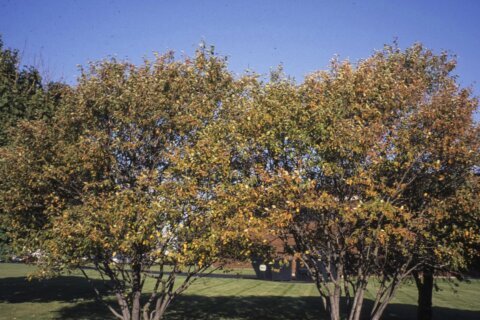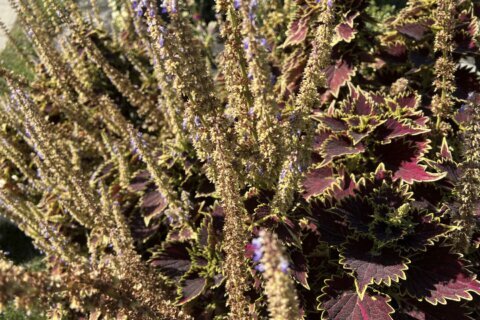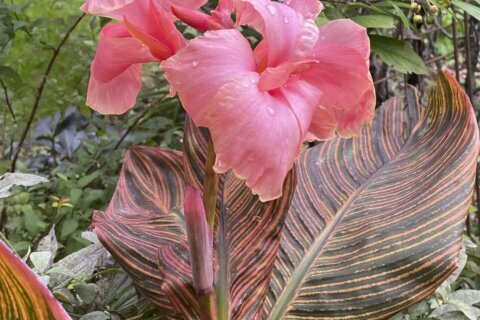I’ve been growing dwarf blueberries for three years, and my plants are covered in green fruits right now. Deliciously sweet and rich in fiber, manganese, potassium, vitamins C and K, and antioxidants, the berries are native to North America and can be grown throughout most of the continent.
There are several categories of blueberries to choose from:
• Lowbush have a low-growing, spreading habit and are reputed to produce the tastiest fruit.
• Highbush grow upright to 6 feet tall.
• Half-high types grow to 3-4 feet tall.
• Rabbiteyes, most of which are hardy in zones 7-9, are more heat- and drought-tolerant than the others and can reach 8-15 feet tall.
• Dwarf varieties can be any type that have been bred to grow in small containers, like window boxes or hanging baskets.
New plants can take up to five years to produce a good crop, so I’ve been managing my expectations while giving them the best care.
That meant allowing them to do their own thing without any fertilizer in their first year, then giving each plant a single 4-ounce dose of ammonium sulfate in the spring of their second year. That not only nourished them but also worked to lower the soil’s pH, which is essential for blueberries.
Along with cranberries and huckleberries, blueberries have the lowest pH requirement of any edible plant, thriving only when the soil measures between 4.0 and 5.2. So applying a fertilizer labeled for acid-loving plants immediately after they flower in every subsequent year is important to keep them healthy and productive.
I’m also letting my plants grow wild until after their fifth birthday, when I’ll start annual early-spring prunings by removing old growth and thinning them to allow more air to circulate and allow sunlight to reach their centers.
With the exception of rabbiteyes, which must be cross-pollinated with other varieties (three or more is best) in order to produce fruit, most varieties are self-pollinating. Still, planting two or three different varieties together will result in bigger berries and a larger crop. That’s why I planted my Sapphire Cascade and Midnight Cascade plants in the same large pot on the back deck.
Growing conditions
All blueberries can be grown in containers (for highbush plants, use wide pots that are at least 18 inches deep).
Blueberries require a site that provides full sun, protection from strong winds and plenty of air circulation, so they shouldn’t be crowded. They also need a lot of water, with container-grown plants requiring even more than those planted in the garden.
Apply 2-3 inches of mulch around plants after the soil warms up every spring, and again in late autumn if you live in an area that experiences frosts and freezes.
And if rabbits or deer visit your garden, surrounding the plants with a temporary fencing barrier will help protect them over winter.
After harvesting (or bringing any types of berries home from the market), I give them a quick soak in a 50/50 solution of white vinegar and water, then drain and store in the fridge. The few minutes spent doing that increases their life immensely. Try it!
___
Jessica Damiano writes weekly gardening columns for the AP and publishes the award-winning Weekly Dirt Newsletter. You can sign up here for weekly gardening tips and advice.
___
For more AP gardening stories, go to https://apnews.com/hub/gardening.
Copyright © 2024 The Associated Press. All rights reserved. This material may not be published, broadcast, written or redistributed.







